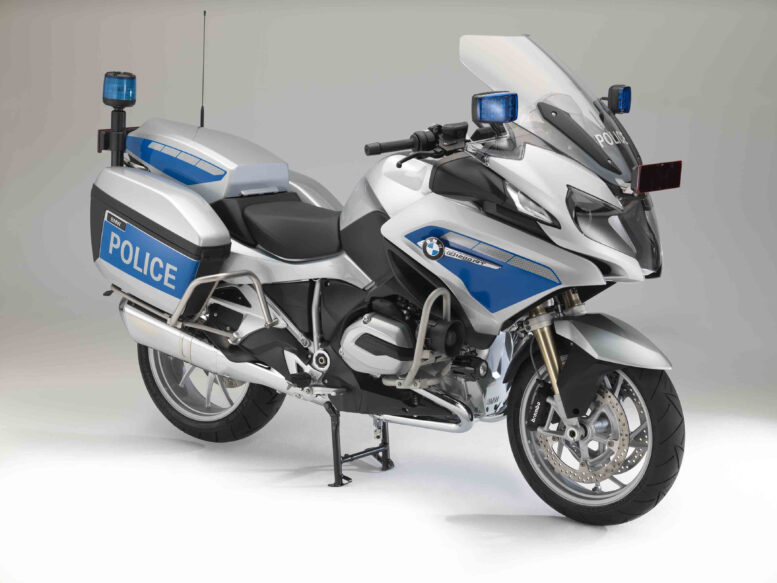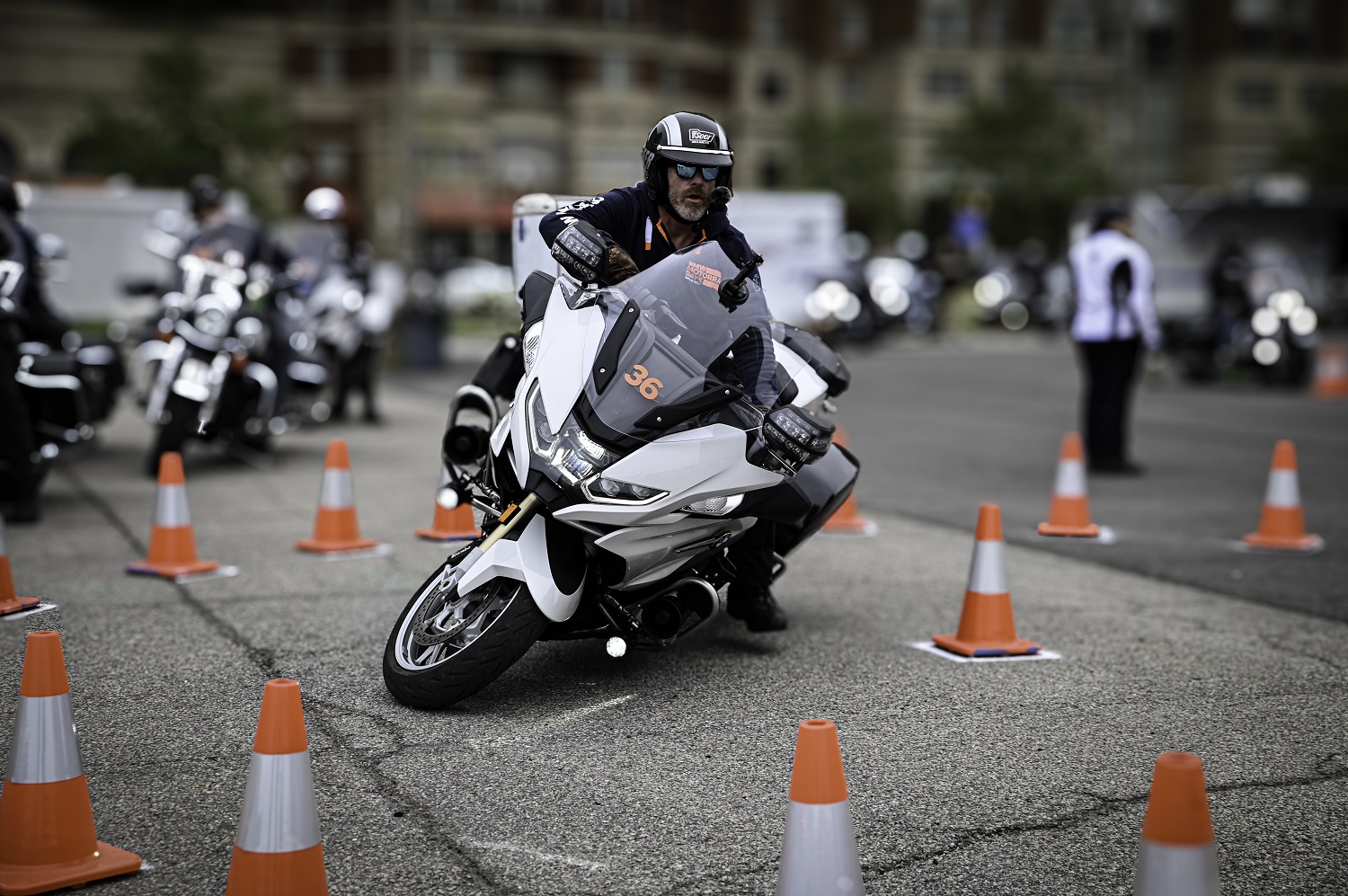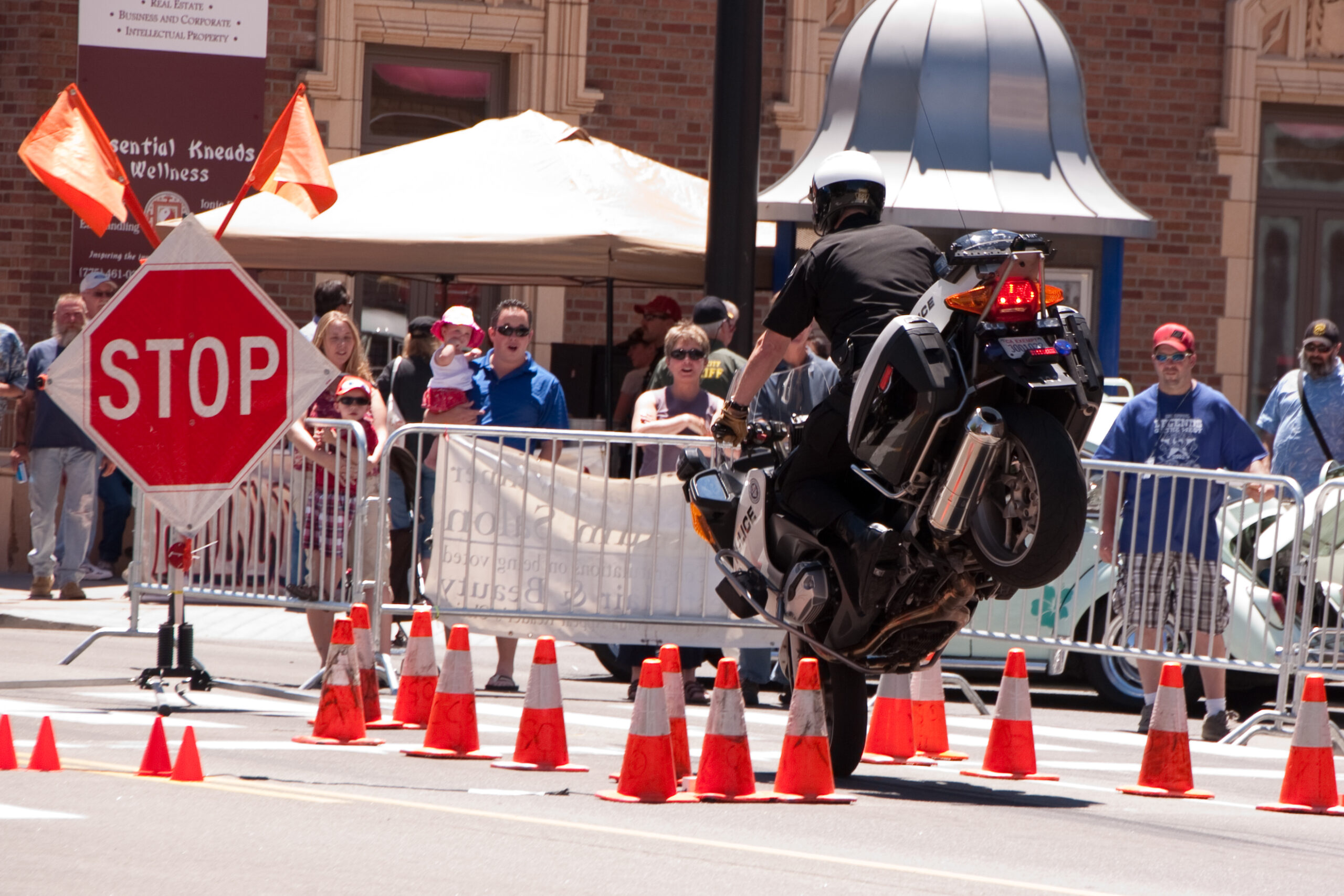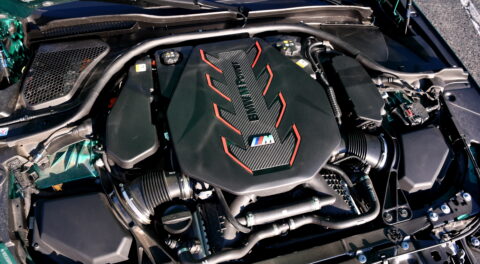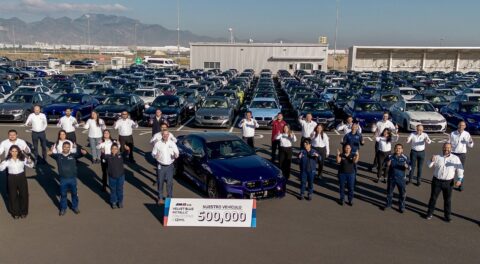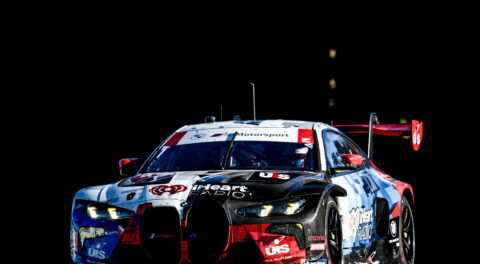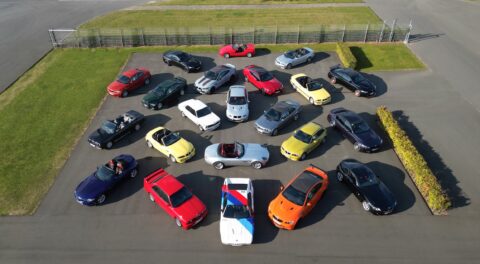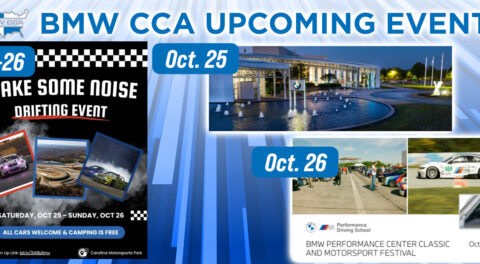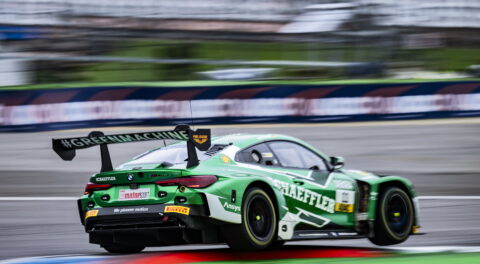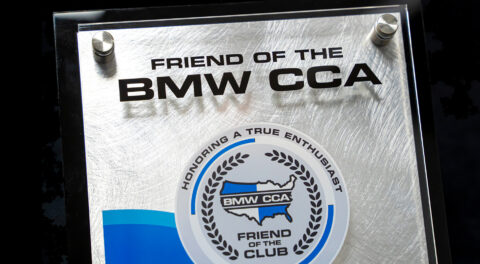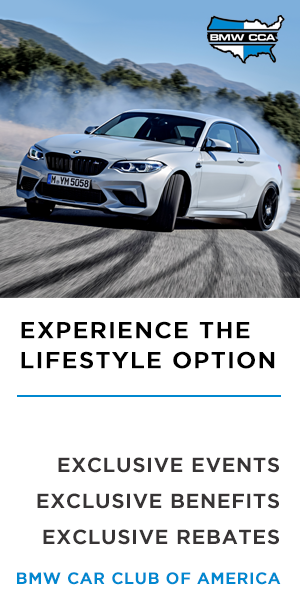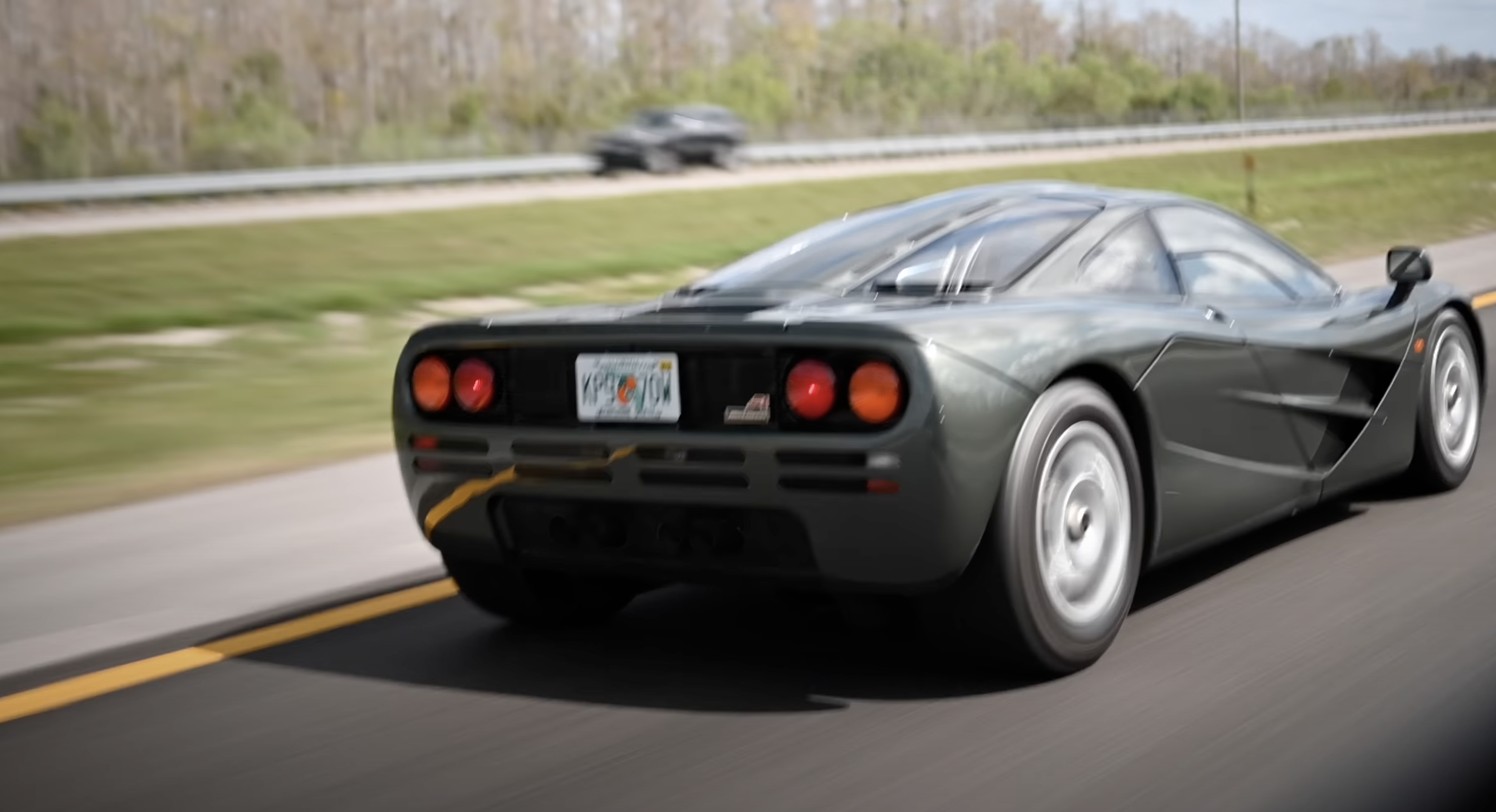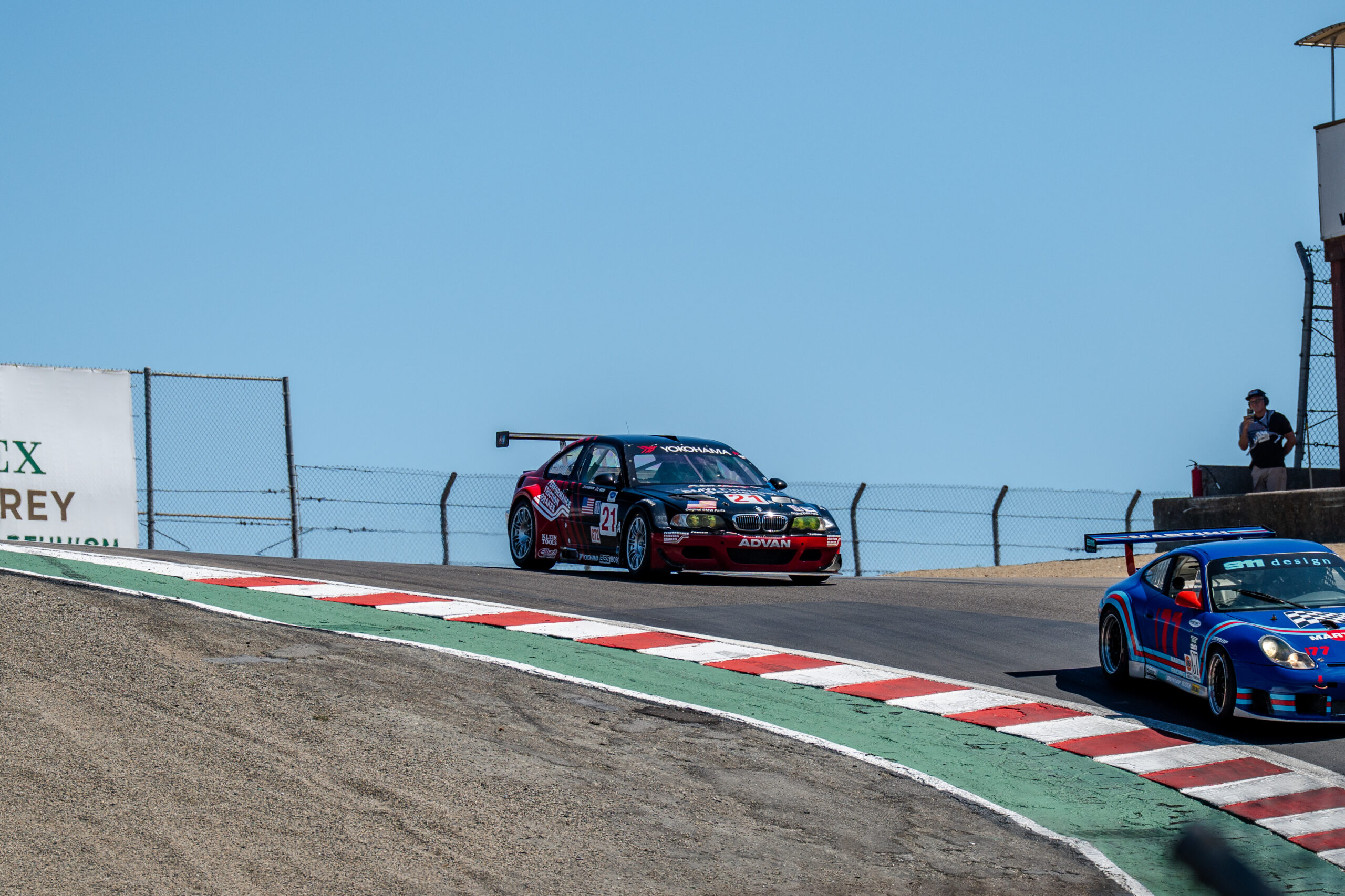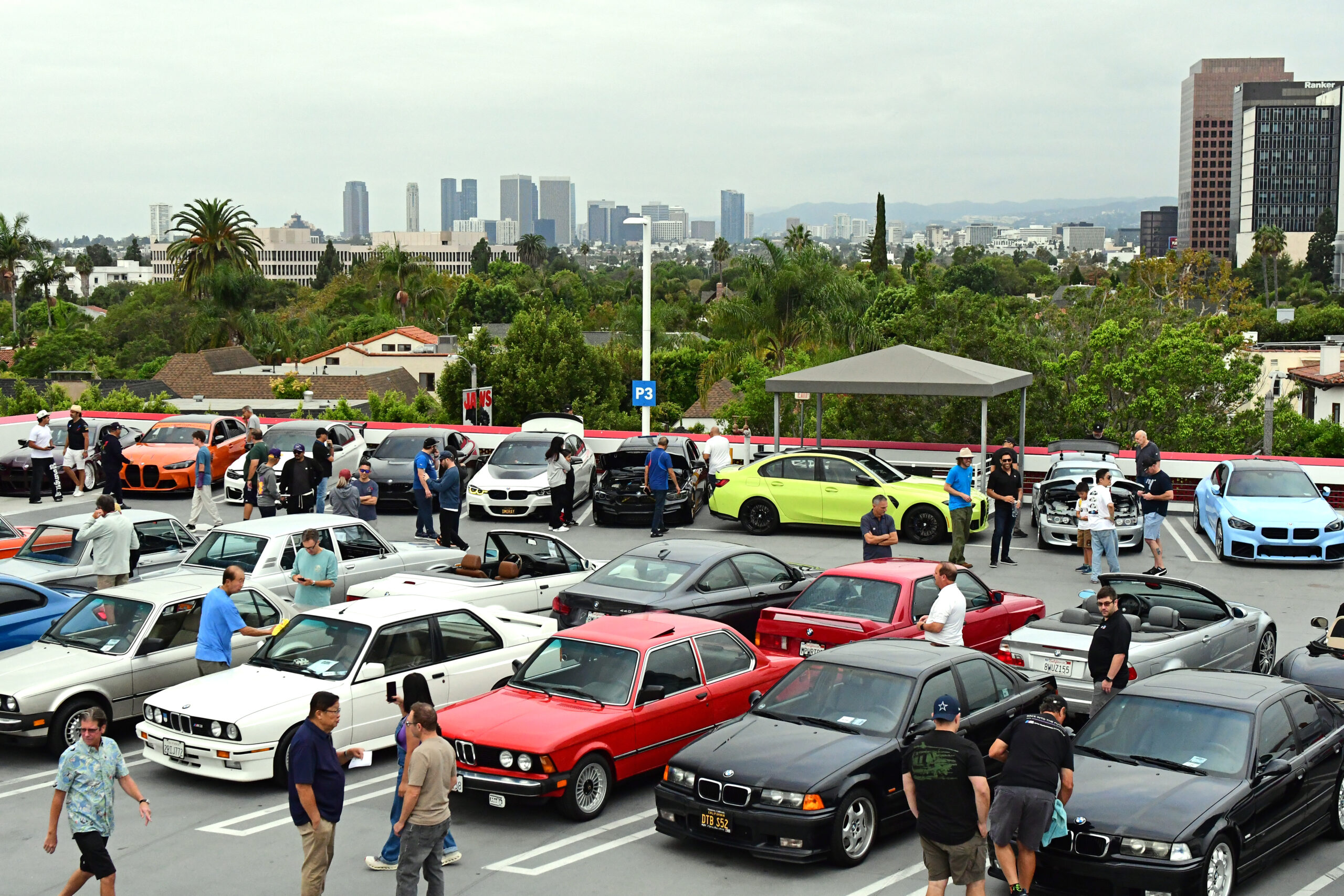BMW has been building motorcycles for police and the military since the early 1930s, and its bikes are widely used by police departments from Europe to the Far East. In the US, however, BMWs have always been somewhat rare compared to the Harley-Davidsons favored by patrol officers on the East Coast or the Kawasakis preferred out West.
BMW first challenged both of those well-established marques in 1984, when it sold about 150 of its R 100 RT motorcycles to the San Francisco Police Department. Although that program was considered successful, BMW withdrew from the authority market after Kawasaki lost a $10 million liability suit related to the death of a Houston officer while on duty. A few years later, the introduction of anti-lock braking on the K 100 and K 75 led BMW to reconsider.
“We started dipping our toes back into the police business with the K 75,” said Frank Stevens, then BMW Motorrad USA’s National Sales Manager. “We did some test sales, but the K 75 was not an ideal police motorcycle because of its riding position, its saddlebag design and storage. It was expensive if you dropped it or fell over, because the protection system wasn’t very good.”
The California Highway Patrol had a fleet of about 400 motorcycles, of which it replaced about 150 each year. In 1994, the organization agreed to purchase 20 ABS-equipped BMW K 75 RT-Ps to test against the Kawasaki KZ1000P, which constituted the majority of its fleet but hadn’t been updated since 1982.
“ABS was generally perceived by the CHP as a real benefit, but they couldn’t find any statistical way to prove it, and because of that they couldn’t mandate it,” Stevens said. Nonetheless, BMW used data from the K 75 RT-P test to improve its forthcoming R 1100 RT-P, which would be equipped with not only ABS (and the K 75’s adjustable windscreen) but better protection bars and other features to suit the CHP’s needs. That included a second battery with linked charging from a more powerful alternator, and an auxiliary fan behind the oil cooler that allowed the bike to idle for extensive periods without overheating—a huge advantage over Harley, in particular. Its handling was more stable than that of the K 75 RT-P, yet the R 1100 RT-P also had greater agility, including the essential ability to make a U-turn within 16 feet.
The new R 1100 RT-P was significantly better than its K 75 RT-P predecessor, and it easily outperformed the Kawasaki and the Harley. Unfortunately, its price of $15,828—as reported by the San Francisco Chronicle—was more than twice the $7,871 price for a Kawasaki. The R 1100 RT-P’s maintenance costs per mile were lower than those of the KZ1000 P, but BMW still had to get creative in order to secure the CHP contract.
“We didn’t want the liability of a lease, so we sold the motorcycles with a buy-back clause,” Stevens said. “The perceived useful life of the motorcycles was 60,000 miles, but we knew the motorcycle had a tremendous amount of life beyond 60,000 miles. California agreed to pay much more up front because their total cost would be less, if the motorcycle survived to the end of the term.”
BMW agreed to re-purchase the bikes for $9,928 each, reducing the net cost to $5,900—$100 lower than the price of the Kawasaki that the state would typically auction for $600-1,800 after three years on the road.
It was the first time California had been able to include a buy-back clause in its cost calculations, and Stevens credited Jerry Haleva’s lobbying firm, Sergeant Major Associates, for getting it done. “It was our idea, but Jerry got it signed off,” Stevens said.
That wasn’t the end of the process, however. The initial approval of the R 1100 RT-P had been made by a sergeant at the CHP Academy who’d left in the interim, and his replacement had to confirm that the bikes being delivered met the standard established during testing. While riding the bike at the CHP’s test track, the new sergeant detected a wobble after crossing a drainage rut. Stevens flew to California to investigate but found nothing wrong; indeed, the bike was functioning as-designed, self-correcting after the disruption. When the CHP sergeant refused to accept that explanation, Stevens called his counterpart in Germany, Fritz Leitner.
“He said, ‘You need to change to radial tires and use cast wheels from the civilian side,’ but we’d already proofed out run-flat bias-ply tires on spoked wheels that were really good on potholes,” Stevens said. “Thank goodness [local Sacramento dealer] A&S had a bunch of RTs in the showroom. We grabbed the wheels and installed the Dunlop tires with the stiffest sidewalls, so they’d pass the run-flat test, but then the speedo drive was wrong, the center stand was wrong, and the side stand was wrong, so we had to change all that, too. It passed the test, and they loved it, but I told them they were going to bend some wheels hitting potholes. They said they didn’t care, but after they’d bent about 150 wheels, they started to rethink that!”
A&S had been a BMW dealer since 1988, and the firm had won the contract to supply the CHP with motorcycles thanks in part to its location in Roseville, just outside Sacramento. “There were only a couple of dealers that had the capability of doing that contract,” Stevens said. “You have to have a lot of staffing, a big facility, and a lot of money to buy these things and wait for the state to pay you.”
A&S delivered the earlier K 75s to the CHP, then fulfilled the larger order of R 1100 RT-Ps. “We built all of the original bikes, like 25 a month,” said Howard Pine, son of A&S founder Sheldon Pine. “We loaded up truck after truck, and we never had a bike damaged in transit.”
Following delivery, A&S’ role was like that of any BMW dealer in California. “Each CHP office had their bikes serviced by local dealers, and BMW NA handled the buy-back operation,” Pine said. “Every dealer had the option to buy those used bikes from NA for local sales, so they got spread across the state.”
Though the BMWs required less maintenance than the Kawasakis—fluid changes took place every 6,000 miles rather than 3,000 or 3,500 miles, while shaft drive eliminated the need for chain adjustment or replacement—that was mitigated by the significant mileage each bike accumulated. “I think the record was 60,000 miles in 17 months,” Stevens said. “A lot of the bikes would reach the 60,000-mile limit in 24 or 30 months, so they moved the limit to 80,000 miles, then 100,000 and 120,000.”
The need for frequent maintenance was a boon to local BMW dealers. “It’s a wonderful boost to the dealer service business,” Stevens said. “If officers were fortunate enough not to pick up a nail, they’d still wear tires out within 4-6,000 miles, depending on how the officer rode, and they’d have to look at the brake pads at every service, because they go through brakes much faster.”
BMW could sell plenty of parts, which helped to make the program profitable despite the buy-back clause. The program also brought new customers to the marque, as the officers who rode BMWs on duty bought BMWs as personal transportation.
“They discovered how well BMW dealers take care of their customers, which created a bond of loyalty that certainly didn’t exist with Kawasaki,” Stevens said, noting that CHP officers were also given a discount on BMW’s civilian bikes. “They experienced a relationship that radiates through all of the people within their orbit of influence, and it really did contribute noticeably to sales of motorcycles in California.”
In 2001, the civilian R 1100 RT models were superseded by the R 1150, which itself was followed in 2004 by the R 1200 RT and in 2019 by the current R 1250 RT. Each of those was offered as an RT-P Authority bike a few years later, with upgrades to its chassis and drivetrain that benefitted officers just as they had civilians. (Though BMW offers a full range of Authority models, including scooters, US agencies prefer the boxer-engine RT-P over the parallel twins or scooters used elsewhere.) Electronic engine management, for instance, allows the BMWs to use regular fuel where the Harleys and Kawasakis require premium. “The officers have to buy fuel from retail stations, and BMW’s knock sensors allow it to tolerate regular fuel that saves thousands of dollars a year in fuel costs,” Stevens said.
The bikes have also benefitted from improvements to their police-specific equipment, much of which was designed by Stevens in New Jersey and then tested by BMW Motorrad in Munich or Berlin. In 2003, for instance, Stevens persuaded the CHP to stop reusing its old sirens and lighting systems in favor of modern, better-integrated equipment, as well as updated wiring systems for radio and radar. “They loved that idea, and we were really able to bump our volume with sirens and lights,” Stevens said. A freewheeling alternator, meanwhile, improved the longevity of the drive belt, while a throttle stop prevented cables from breaking when officers twisted the grip too forcefully. More recently, Stevens developed holsters that allowed CHP officers to carry not just their duty pistols but their duty rifles on their motorcycles as well.
The California Highway Patrol loved the BMWs, but the program didn’t continue without interruption. Under Governor Arnold Schwarzenegger, the CHP began buying Harley-Davidsons, newly equipped with ABS. Even so, the CHP continues to add new BMWs to its fleet, though the buy-back provision no longer applies. So do other agencies throughout the US, many of which piggyback on the State of California’s approval process when supplying their own fleets. Today, about 3,500 R 1250 RT-P motorcycles are in service in this country, used by more than 500 state and local police forces including the Los Angeles Police and Sheriff’s Departments, the City of Phoenix and the Arizona Department of Public Safety, the City and County of San Diego, the cities of Anaheim and Fresno, and the Honolulu Police Department.

